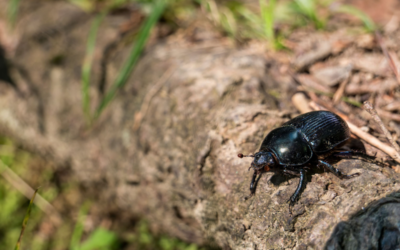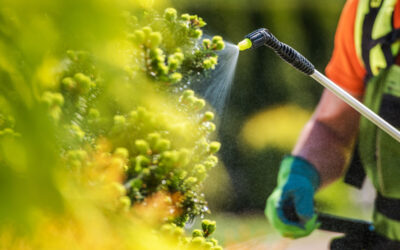If you have lived in the Rockies for any length of time, you know that evergreens tend to do very well in this climates.
With needles rather than leaves, spruce trees and ponderosa pines don’t lose their needles like leafy trees. Evergreens thrive in this environment, yet they are not typically considered a shade-tree.
If you’re looking for something a little less, well, pokey, then you’re looking for what’s called a deciduous tree.
Deciduous trees lose their leaves every fall and regrow them every spring. Classified as shade trees, the category includes maples, oaks, aspens and cottonwoods.
It’s crucial to remember that the amount of attention and water these trees require varies. For example, cottonwoods grow near streams and lakes. This is because they require a lot of water to survive.
When you are watering your tree your objective is to ensure that the soil remains moist. A newly planted tree will expend a lot of energy growing a new root system in its new home, and it’s crucial to ensure that your tree’s roots have enough water to grow down into the soil as well as out away from the tree. For the first two years of the tree’s life, you may need to increase the amount of time you water.
Saturate the ground each time you water, the objective being to allow the water to penetrate deep into the soil, encouraging the roots to grow downward. This will help ensure the tree is more stable and make its root system less susceptible to damage. A general rule of thumb is to use a soaker hose to water each sapling for 30 minutes apiece.
Several methods can be used to confirm the amount of water each tree needs. One is to press a screwdriver into the soil. Moist earth will allow you to easily push it into the ground up to the handle, whereas dry ground will impede the screwdriver. If your screwdriver does not sink into the ground, then you definitely need to water your tree and carefully make sure that the ground is thoroughly saturated.
Another method is to use a garden trowel to remove 2-6 inches of dirt. If the dirt is dry beneath the surface, then the tree needs to be watered. Perform this test every 3 – 7 days.
Mulch around the base of a tree helps retain water. As your tree ages, you will be able to water it less frequently, but make sure you stay persistent for the first two years of your tree’s life to ensure that it develops a hardy root system that can withstand weather conditions of all kinds.
For advice on the trees that are most appropriate to plant in your yard, contact Donovan Arborists in Denver. Owner Paul Donovan is able to counsel you on what trees are best suited to your needs. And as the trees mature, Donovan is able to keep your trees trimmed appropriately and free of infestations or disease. Contact Donovan Arborists today for a free estimate.




